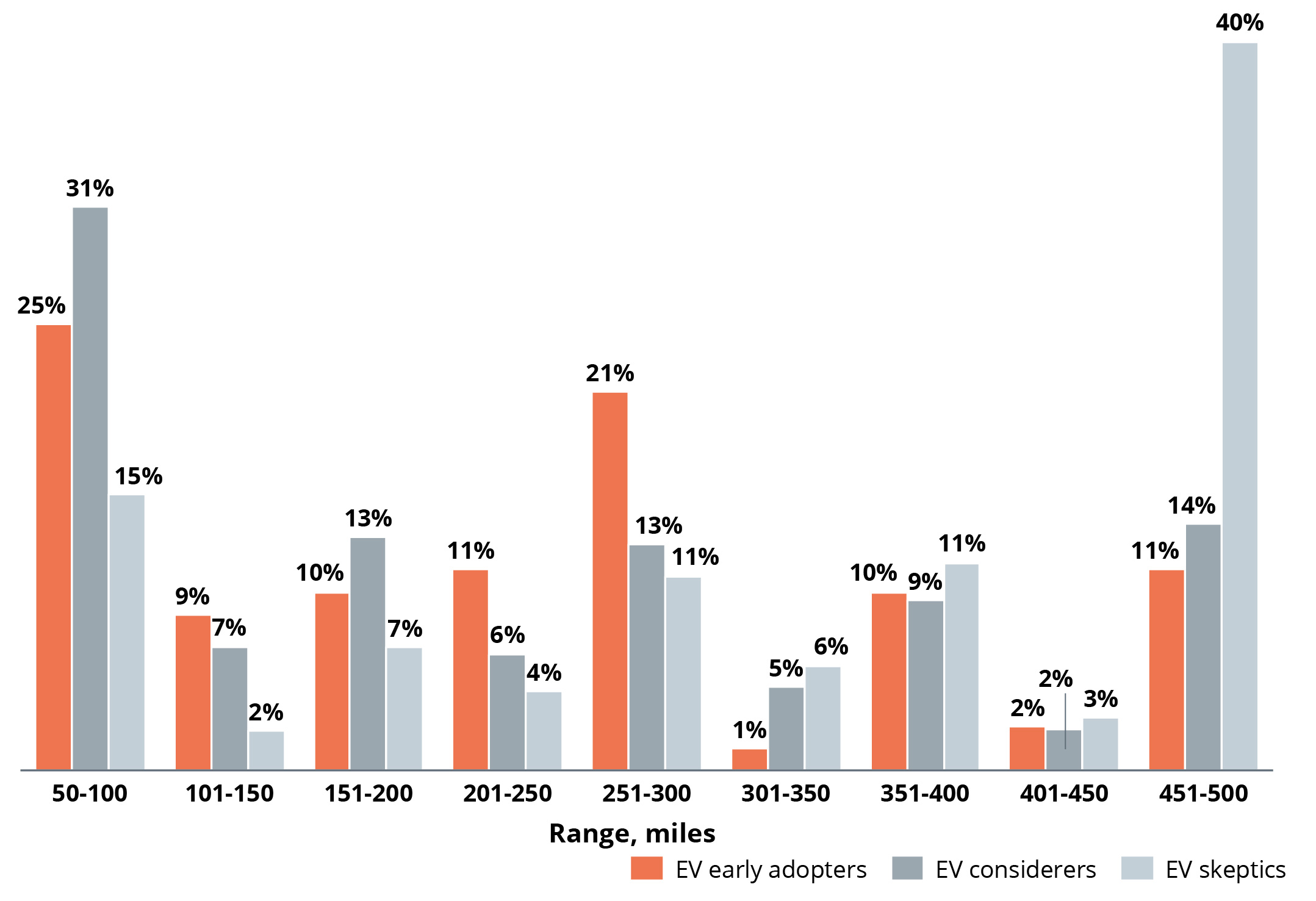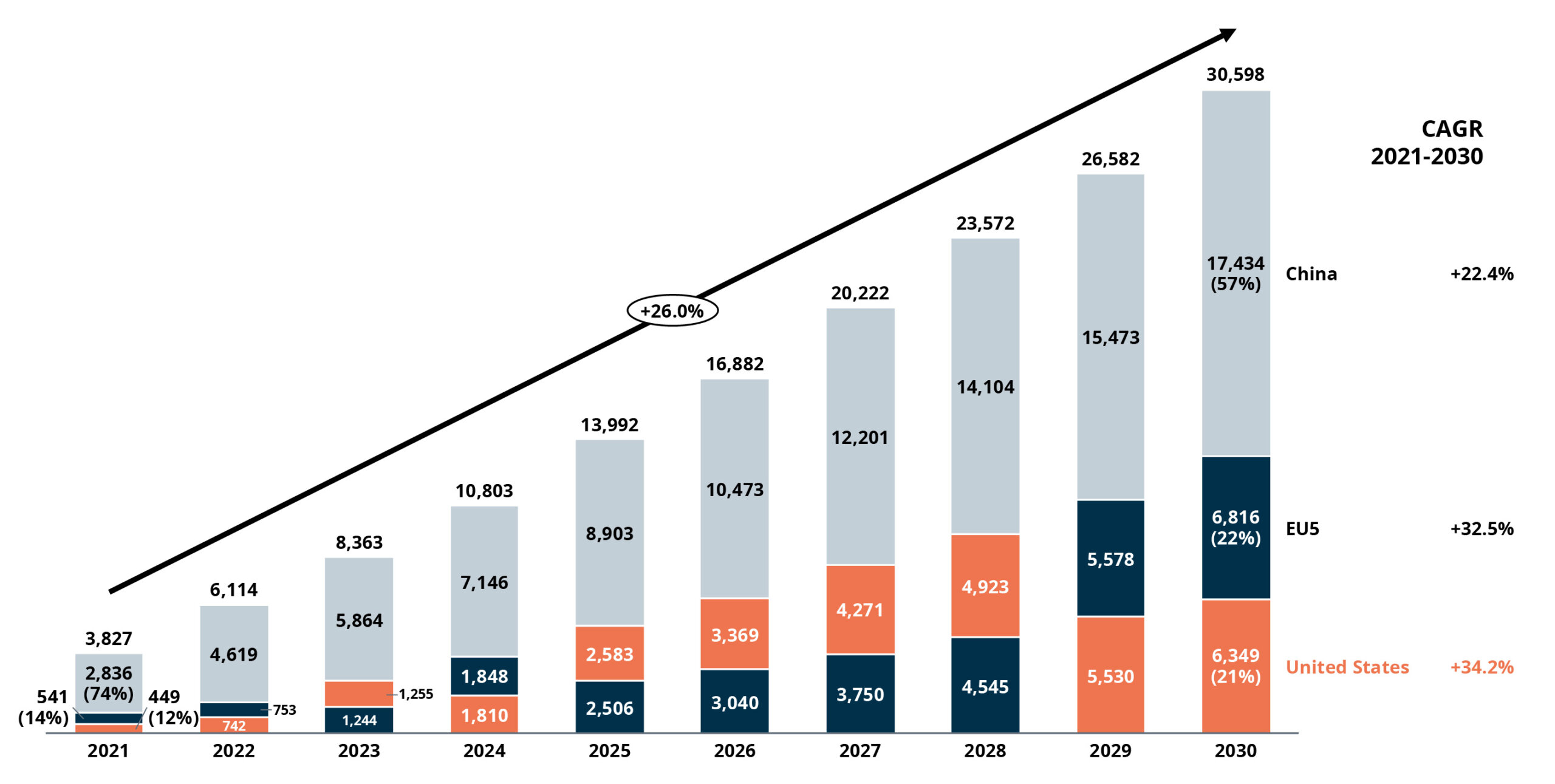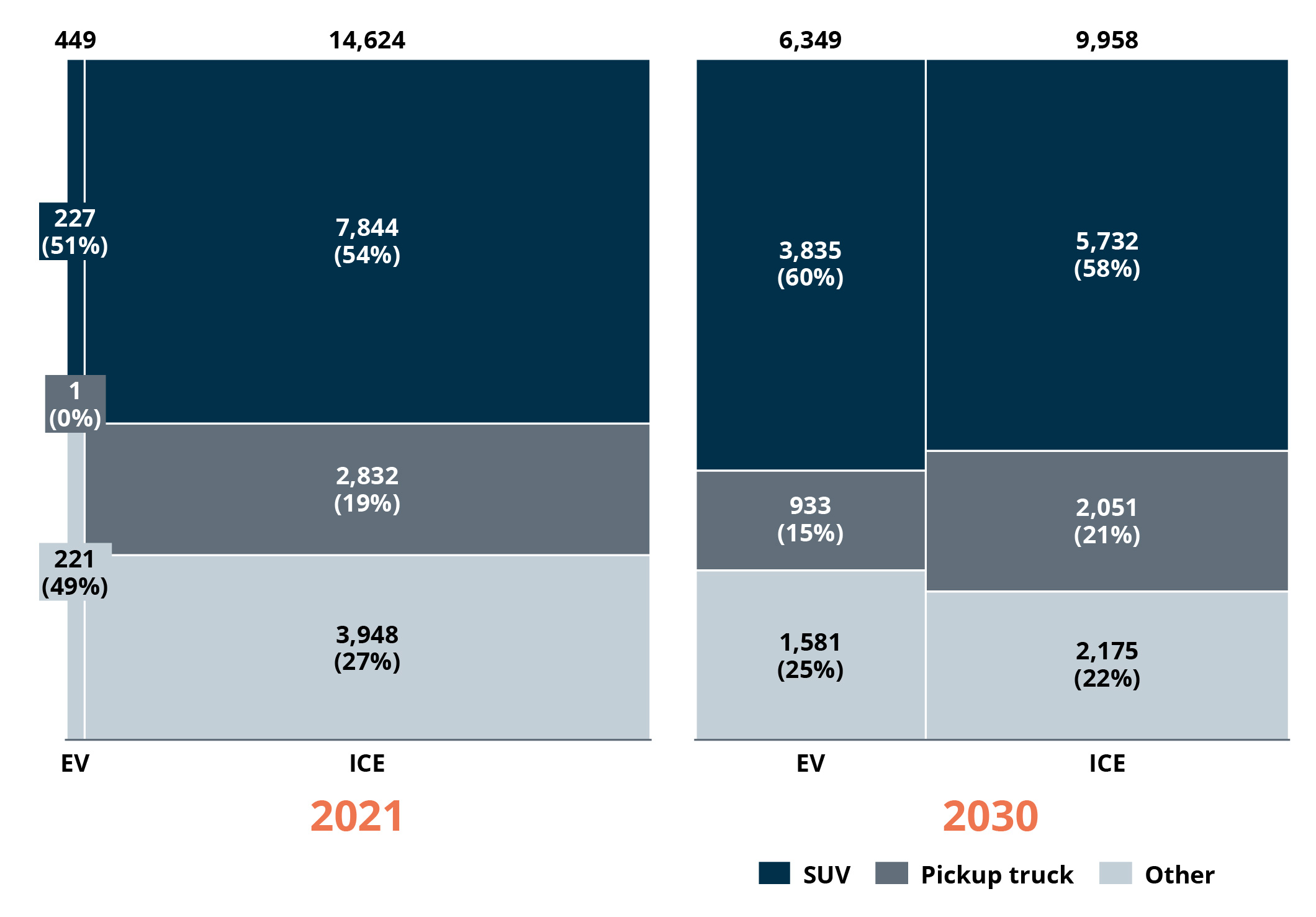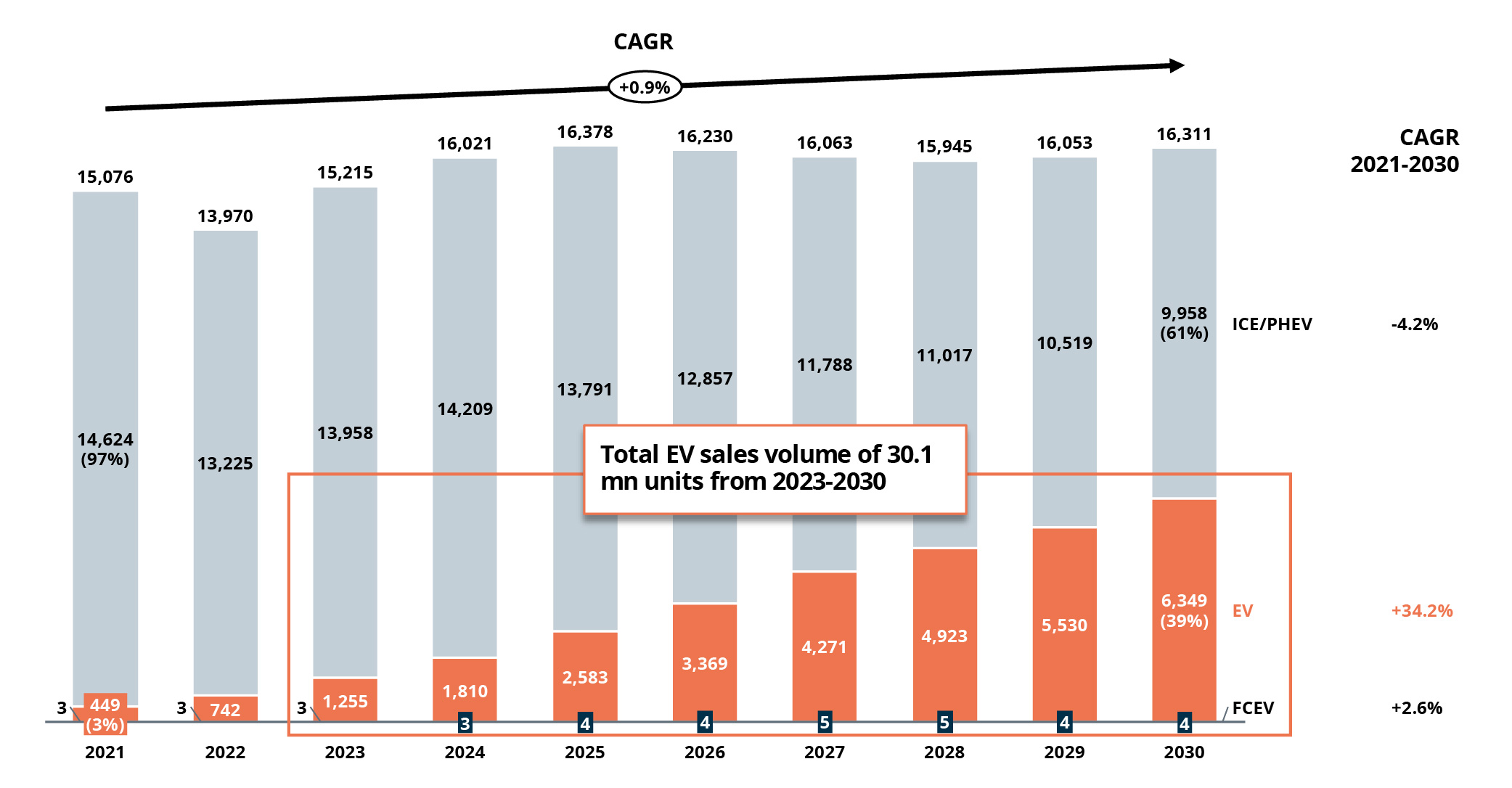Henning joined Berylls in 2018, is an Associate Partner at the Berylls Group and is currently completing a regional assignment in Detroit to further expand our local footprint. Henning particularly focuses on topics at the interface of new business development, go-to-market strategies, sales as well as organizational transformation. He has advised automotive manufacturers, suppliers and investors on a global scale.
As an MSc. Management graduate, Henning has completed his education at WHU – Otto Beisheim School of Management (Germany), Kellogg School of Management, Northwestern University (United States) and Warwick Business School (United Kingdom).








